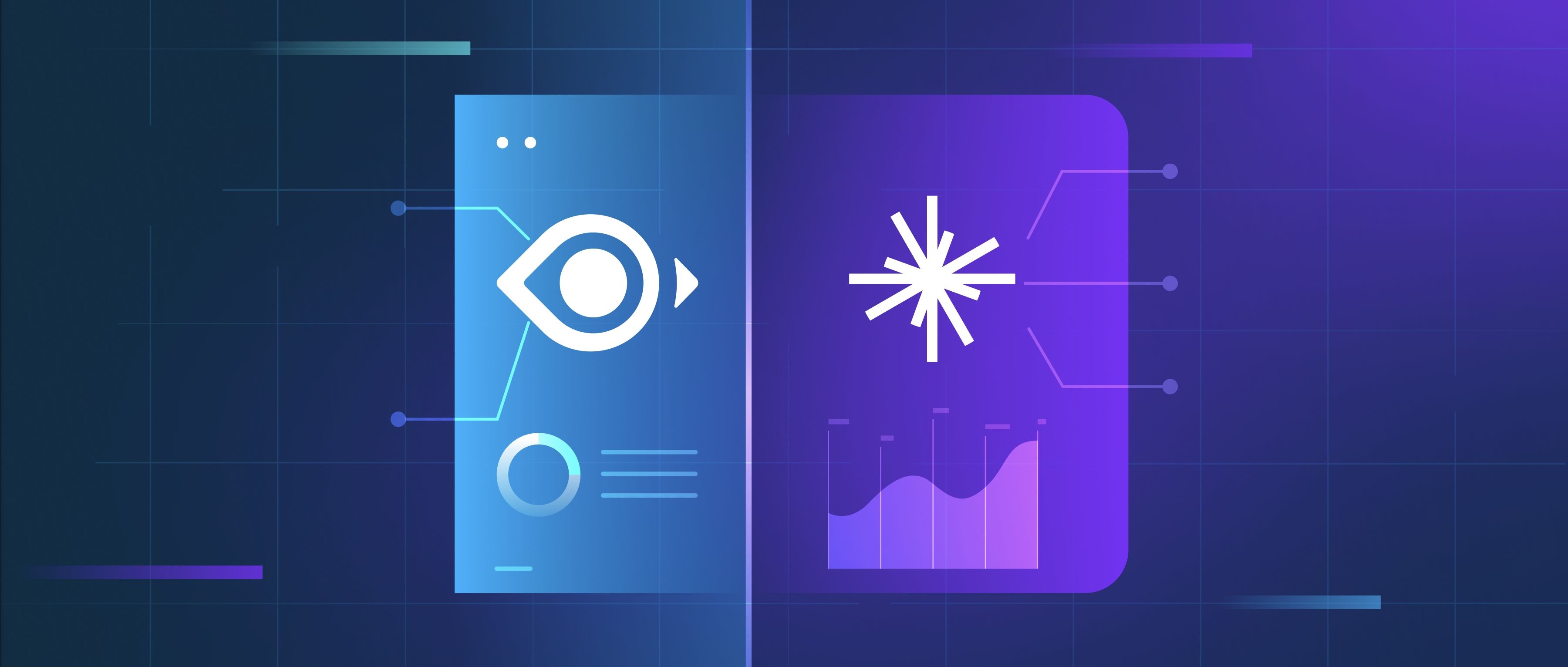Word2Vec and GloVe are techniques for generating word embeddings, which represent words as dense vectors in a continuous space. These embeddings capture semantic and syntactic relationships between words, enabling models to understand context better.
Word2Vec, developed by Google, uses neural networks to learn embeddings based on word co-occurrence in a corpus. It has two main approaches: Skip-Gram, which predicts surrounding words given a target word, and Continuous Bag of Words (CBOW), which predicts a target word based on its context. For example, "king" and "queen" might have similar embeddings due to their shared contexts in sentences.
GloVe (Global Vectors for Word Representation) combines global word co-occurrence statistics with matrix factorization to produce embeddings. Unlike Word2Vec, which focuses on local context windows, GloVe considers the overall distribution of words in a corpus. This allows it to capture broader patterns, such as proportional relationships ("man:king :: woman:queen").
Both methods produce pre-trained embeddings that can be used in downstream NLP tasks like sentiment analysis and classification. Modern transformers have largely replaced static embeddings with context-aware representations, but Word2Vec and GloVe remain foundational techniques.
